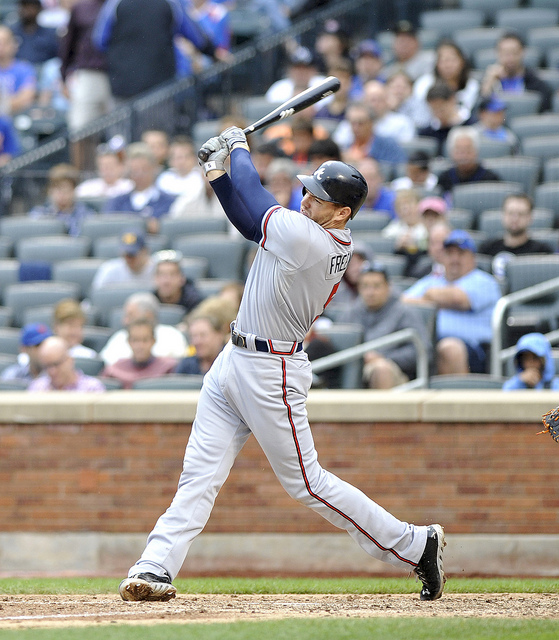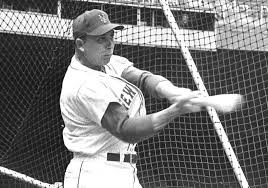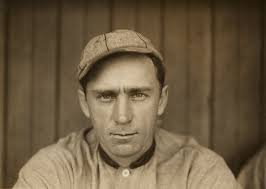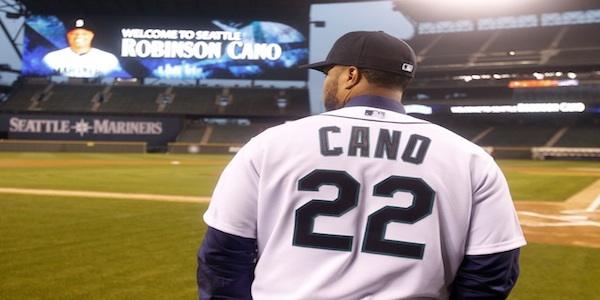The Platoon Advantage: First Basemen
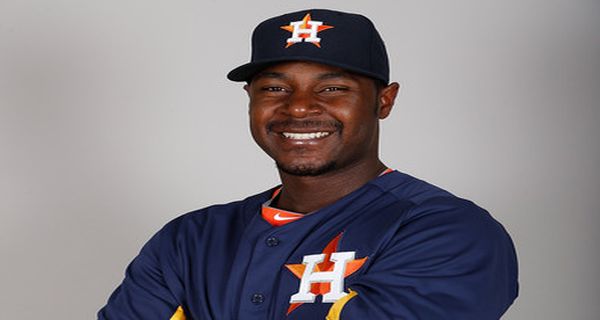
When one considers the platoon advantage, it pays to consider your roster the same as a typical general manager would. That is, you only have limited spots, so you must save your platoon bullets where they will do the most good. Therefore, the discerning fantasy player should consider the following factors when considering who to platoon and who to play everyday:
- How highly do you have to draft the part-time player?
- How much of a positive difference is there between he and his platoon partner?
- How does his least productive side compare with the big league average?
For those that missed the first couple of editions on the subject, we are using Baseball Prospectus’s total average to simplify our breakdowns. It is important to note that .260 ranks as the league average in terms of total average. When we start looking at guys that have a .280 to .290 total average on their bad side we have to ask the question of whether we get enough of a competitive advantage by platooning him. The position is strong with balanced guys. For our purposes balance is defined either by a difference under 30 points or a situation where the hitter produces a total average above .300 on both sides.
| Bats | TAVR | TAVL | DIFF | |
| Joey Votto |
L |
.348 |
.307 |
.041 |
| Albert Pujols |
R |
.312 |
.341 |
.029 |
| Paul Konerko |
R |
.308 |
.308 |
.000 |
| Adrian Gonzalez |
L |
.306 |
.298 |
.008 |
| Brandon Belt |
L |
.292 |
.306 |
.014 |
| Chris Carter |
R |
.284 |
.312 |
.028 |
| Mark Trumbo |
R |
.288 |
.277 |
.011 |
| Adam Laroche |
L |
.271 |
.293 |
.022 |
I think the key here is not to focus on the numbers on the list, but who made the list and in what order. The players are ranked generally from their overall total average on down. Mind you, this doesn’t mean that Chris Carter and Brandon Belt necessarily rank in the top ten at the position because some prominent players will make the right or left handed list. That being said, their totals might surprise you and these are players that are destined to get more playing time moving forward. Mark Trumbo could easily be added to that list as well.
On the flip side, Adam Laroche is not nearly as good as his 2012 counting numbers would have you believe. I wouldn’t turn down anyone capable of producing a .280+ total average, but the position is strong with guys that can produce similar numbers. Furthermore, the implication is clear: draft a balanced guy if you can and save your platoon bullets for another position.
|
Bats |
TAVR |
TAVL |
DIFF |
|
| Prince Fielder |
L |
.342 |
.278 |
.066 |
| Lance Berkman |
B |
.334 |
.253 |
.091 |
| Justin Morneau |
L |
.311 |
.224 |
.087 |
| Kendrys Morales |
B |
.308 |
.263 |
.045 |
| Ryan Howard |
L |
.306 |
.236 |
.064 |
| Ike Davis |
L |
.304 |
.213 |
.091 |
| Garrett Jones |
L |
.300 |
.217 |
.083 |
| Freddie Freeman |
L |
.299 |
.257 |
.042 |
Another consideration in terms of platoons is whether your position has players available to balance out the other side. For some reason (probably defensive), first base is loaded with left-handed guys. Therefore, you have a lot of players like Justin Morneau, Ryan Howard, Ike Davis, and Garrett Jones that are screaming for a right-handed partner. Unfortunately, those players aren’t necessarily available for the price you would want to pay. It makes little sense to draft a Paul Goldschmidt where he would normally go only to play him twenty percent of the time. A Chris Carter or Mark Trumbo might fit in there, but you have to wait and see how those players’ draft stocks are when you enter your draft.
Prince Fielder is an interesting situation. In a perfect world (where you might have 30 roster spots) you could platoon him and gain some measure of an advantage. Yet, in the real world you have to gauge the marginal utility of gaining 20 points on the left side for the roster spot that will cost you. As we saw with the catchers, there are some positions that have larger gaps that can be exploited.
|
Bats |
TAVR |
TAVL |
DIFF |
|
| Paul Goldschmidt |
R |
.277 |
.359 |
.082 |
| Edwin Encarnacion |
R |
.293 |
.346 |
.053 |
| Allen Craig |
R |
.296 |
.339 |
.043 |
| Billy Butler |
R |
.286 |
.329 |
.043 |
| Mark Teixeira |
B |
.288 |
.327 |
.049 |
This is where the position shows its limitations. Yes, these guys all mash against lefties and there are significant gaps there, but their production against right-handers is too good to leave on the bench. Take Edwin Encarnacion. Ignore for the moment where he might be taken in your draft and just consider the production. He hit 40+ home runs last season. Are you going to leave that on the bench 80 percent of the time to gain ten points in total average? That would be cutting off your nose to spite your face.
Allen Craig might have been a decent platoon partner in season’s past because he could play the outfield in addition to first base. At least then you could sub him in another slot and keep him in the lineup. You still can do that if you really want to, but he will likely be taken higher than he has before because he is the incumbent at first base in St. Louis. The idea is that you aren’t going to gain much of a platoon advantage at first base.
You can follow Scott on Twitter @SBarzilla.


